2023 Vinfast VF8 Hands-On Preview: 5 Reasons This New EV Should Be on Your Radar

Be prepared to hear a lot about Vinfast over the next few months.
In the beginning, it was easy to be skeptical of Vinfast, the Vietnam-based automotive startup. You’ve heard the story before: a new company has grand ambitions, announces an EV or two, and then … nothing. But Vinfast bucked the trend, debuting a clutch of cars at last year’s LA Auto Show. At New York, it built off that momentum with pre-production examples of the two-row VF8 and three-row VF9.
After spending some time looking around both, AutoGuide came away impressed. These aren’t some fly-by-night specials, but well-thought-out, appealing vehicles that could put the new automaker on the map in North America. Here’s what we found with what should be Vinfast’s primary seller, the VF8.
Good Looks
Ten years ago, Vinfast didn’t exist. It doesn’t have the decades of history that other brand’s can pull from for their visual identities. Nonetheless, the brand has developed two models that manage to have their own look in our market. The VF8 and VF9 are distinct from one another, yet clearly related.
The V-shaped grille is an appropriate one given the name of the brand. It spreads into a pair of stacked headlights. Move around the sides of the VF8 and it has crisp, clean shape, a result of a collaboration between Pininfarina and the in-house design team, lead by former GM designer Dave Lyon. Around back, a curved hatchback is punctuated by a full-width taillamp, replete with red V motif. The whole package rides on attractive alloy wheels.
Global buyers might see a bit of a Renault resemblance here, but since the French brand doesn’t share its wares on this side of the Atlantic, that’s no problem.
To these eyes, the VF9 is an even stronger design. It’s blocky, upright nature lends it to Telluride comparisons, but the thin lighting elements, powerful wheel arches, and cool X-like window line around the C-pillar gives it a flavor all its own.
SEE ALSO: Kia EV6 vs Hyundai Ioniq 5 Comparison: Sibling RivalrySpacious, Fuss-Free Interior
Popping inside the VF8, we found a simple, pleasant interior. A 15.6-inch touchscreen dominates the dashboard, with the only real switchgear being the button-operated drive selector in the center console. Like Tesla, Vinfast has centralized all major controls in that big screen, up to and including side mirror adjustments. It’s a contentious move, so we’ll see how customers react when cars go on sale late 2022.
Unlike other modern EVs, the VF8 was originally designed with ICE in mind. That explains the large transmission tunnel and comparatively shorter wheelbase. Nonetheless, we were able to easily get comfortable in the rear seats. The seatbacks have a decent amount of angle to them, and the large panoramic moonroof allows for plenty of natural light. We hope the material covering it matches the headliner in the final product, however.
Overall material quality was good, not great. There’s a lot of black plastic in the VF8, but Vinfast has spruced it up with touches like stitched leather all along the center console. Fit and finish was solid, especially considering this is only a pre-production example. We took a short passenger ride in another example, and the interior was quiet and rattle-free.
Buy the Car, Rent the Battery
Ask most people what their concerns are about future EV ownership, and they’ll likely mention the batteries. Vinfast is hoping to assuage those fears by having owners lease the batteries instead of own them. The company also claims this will lower the price of the vehicle, giving buyers more car for their money.
How’s it work? In the US, Vinfast will sell two trims of the VF8 (Eco and Plus), with two different battery capacities. Prices range from $40,700 to $48,000, not including destination, which was still not announced at the time of writing. On top of that, owners have the option of a monthly $35 limited-range charge or a $110 unlimited option. The former includes 310 miles (499 km), after which owners will be charged $0.11 per extra mile.
On top of that, Vinfast will cover each battery pack with a lifetime warranty, and replace any packs that fall below 70-percent original capacity.
SEE ALSO: Ford Mustang Mach-E vs Tesla Model Y ComparisonRange On Par, Power Above Average
How do those battery packs measure up to the rest of the class? The Version 1 pack (82.0 kWh) provides 260 miles (418 km) in VF8 Eco trim, and 248 miles (399 km) in VF8 Plus. For $300 more, buyers can move up to the Version 2 battery (87.7 kWh), which bumps those ranges to 292 and 277 miles (470 and 446 km), respectively. Those numbers are right on target for the class, especially once we consider that the VF8 uses standard AWD.
The Eco and Plus designations bring with them their own differences, as well. The latter uses two electric motors to produce 402 horsepower and 457 pound-feet of torque. The Eco model uses detuned versions of these engines, for a still-substantial 349 hp and 368 lb-ft. That’s right around the Mustang Mach-E for the Eco model, while the Plus plays above that, and in-line with the upcoming Nissan Ariya. Curiously, Vinfast quotes a soft-seeming 5.5-second run to 60 mph.
Smart User Interface
While poking around the VF8, a Vinfast rep gave us a quick demonstration of the car’s infotainment system. The user interface is easy enough to grok, though the patchwork visual styles makes it clear there’s a lot of third-party content working together here. Response times are quick, however, and Vinfast was wise enough to leave things like climate controls permanently on screen.
A digital voice assistant feature is remarkably robust. It’s possible to ask the car to search for particular types of restaurants, filtering by operating hours and even by review rating.
Like Teslas and Volvo EVs, the VF8 doesn’t have a start-stop button. It just turns on when it senses the driver in the seat, and off when they leave.
Just the Beginning
The VF8 will launch alongside the larger VF9 later this year. Vinfast is planning on expanding beyond those two as well, showcasing the smart-looking compact VF7 in New York. It also took the time to announce a $6.5 billion vehicle manufacturing plant in North Carolina, which is aiming for a 2024 start time.
Will Vinfast’s sharp looks, affordable pricing help it take off? Will the unusual battery subscription model push people away? It’s still too early to tell, but after getting hands-on with the cars, it’s clear Vinfast is serious about breaking into the scene. 30-some-odd years ago, people doubted Hyundai, too.
Discuss this story on our Vinfast Forum.
Become an AutoGuide insider. Get the latest from the automotive world first by subscribing to our newsletter here.

Kyle began his automotive obsession before he even started school, courtesy of a remote control Porsche and various LEGO sets. He later studied advertising and graphic design at Humber College, which led him to writing about cars (both real and digital). He is now a proud member of the Automobile Journalists Association of Canada (AJAC), where he was the Journalist of the Year runner-up for 2021.
More by Kyle Patrick



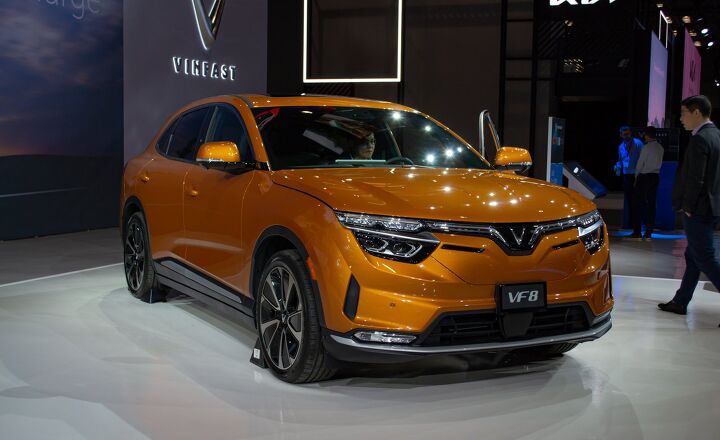



















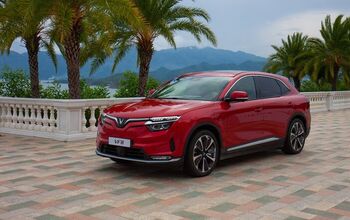
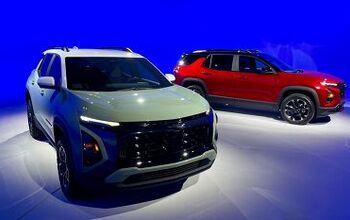
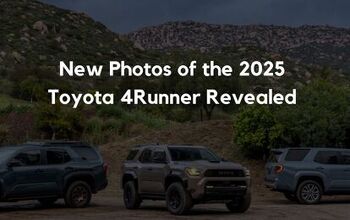
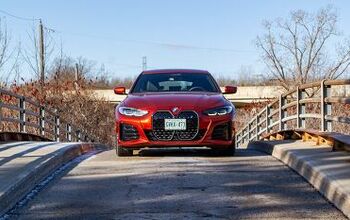

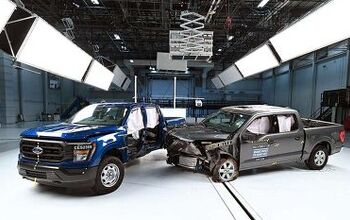
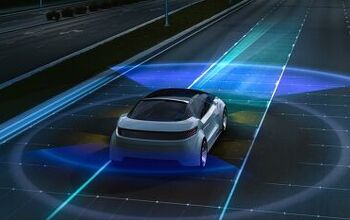
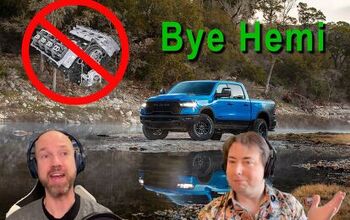
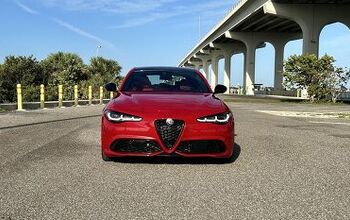

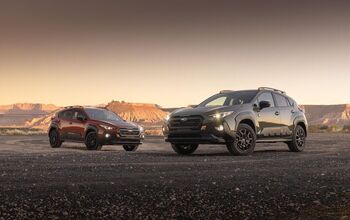
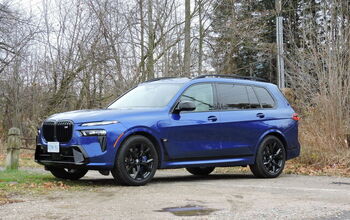
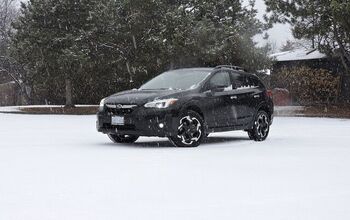
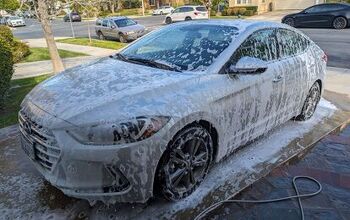
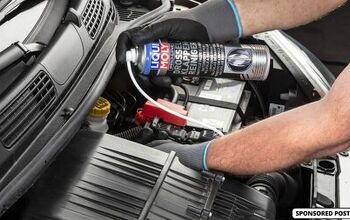
Comments
Join the conversation
It looks promising I will have to wait a couple years to see how it stacks up with other new on the market battery operated vehicles